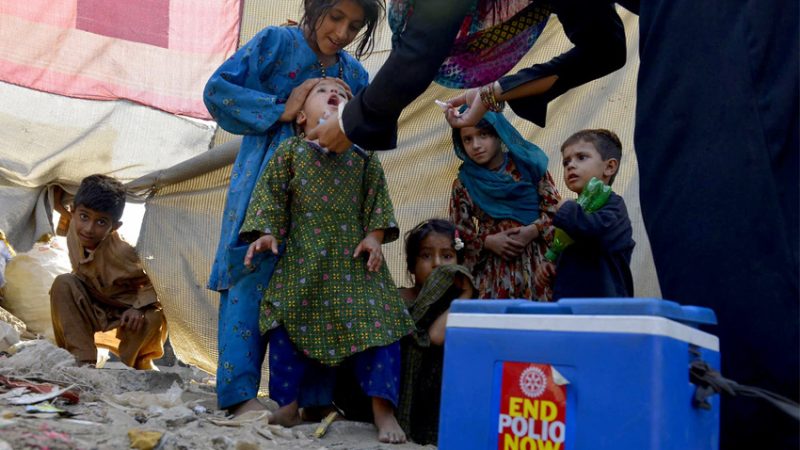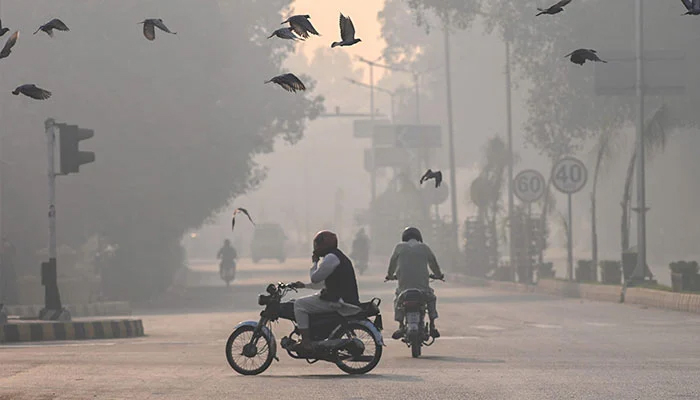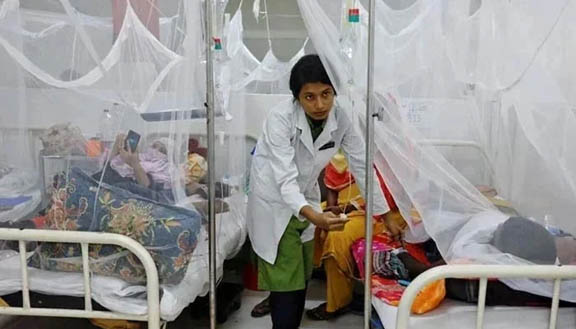COVID-19: How to maintain oxygen levels while being in home isolation
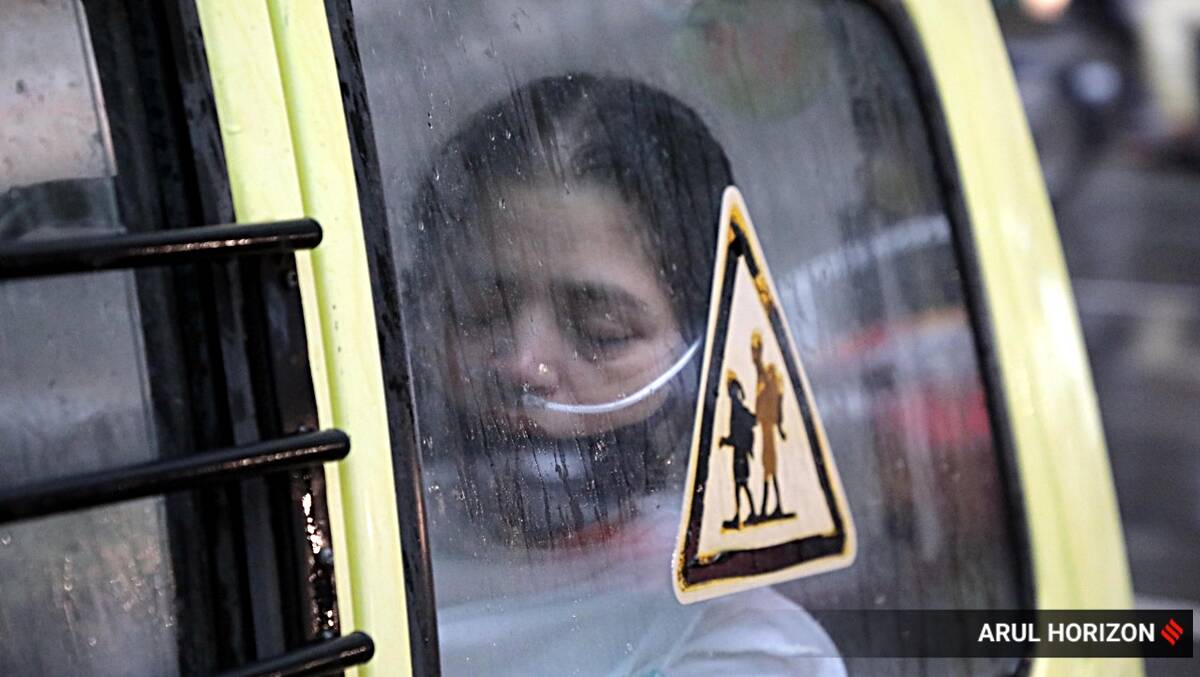
The coronavirus situation in the country is at its peak yet again, as many gasp for breath amid the oxygen crisis while medical experts stress the need to maintain oxygen saturation in COVID-19 patients.
“People must be aware of how one can manage a situation when oxygen levels are dipping. Getting medical attention or oxygen supply immediately is not an option,” says Dr Vivek Anand Padegal, director – pulmonology, Fortis Hospitals, Bannerghatta Road.
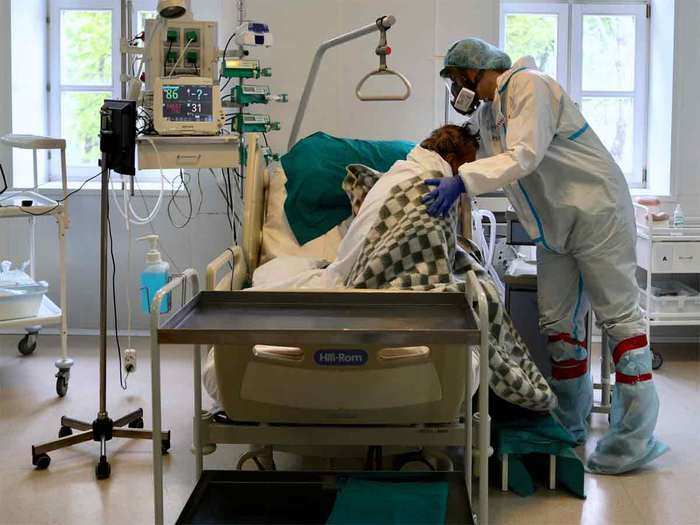
Proning
Proning is the process of making a patient lie face down, on their abdomen or stomach. “This position has been medically proven to improve breathing comfort and oxygenation in patients with low oxygen, as it helps keep the alveolar units open,” explains Dr Anand. This measure can be adopted when the patient faces difficulty in breathing and the SpO2 level is under 94.
Things to keep in mind while practising proning
It is important to avoid proning at least for an hour after having a meal. While proning, if your body experiences discomfort, it is advised to stop the process immediately.
Dr Anand says, “A patient can prone up to 10 hours a day, in multiple cycles but it is critical to keep track of any sores or injuries, especially around bony areas. This should be done only after consulting with your doctor or if a hospital bed is not available and you are waiting.”
Proning has proven to be useful for patients in home isolation and even those who are hospitalised or on ventilator.
Blood oxygen level: What is normal and what is low?
SpO2 levels anything between 94 to 100 is considered healthy. “If the readings fall below 90, it is dangerous, and the person needs to seek medical attention immediately. The cut-off for Covid patients is 94 per cent,” points out the doctor.
Falling oxygen levels may lead to hypoxemia. This is a condition that occurs when the oxygen levels in your body are consistently low and can lead to organ damage or death of the affected person, if not treated properly and on time.
With COVID 19 hitting the population, the oxygen supply in the body can be severely affected. Dr Anan explains how the virus has proven to be damaging the lungs and chest cavity. “This can at most times be taken as a symptom of showcasing the severity of the disease,” he further cautions.
Importance of close monitoring
It is crucial to monitor the oxygen levels of the patient. “Methods like proning or temporary resources like oxygen therapy at home can be helpful but constant monitoring is required. If the oxygen levels continue to deteriorate or stay constant at a low level, it is important to seek medical attention at the earliest,” Dr Anand adds.



